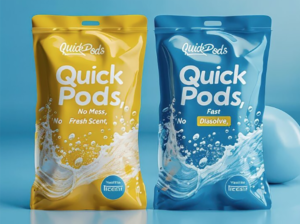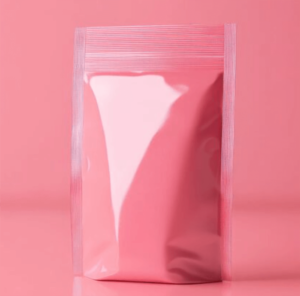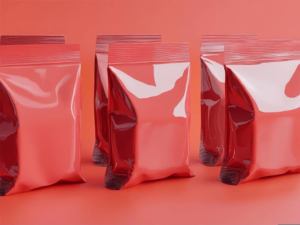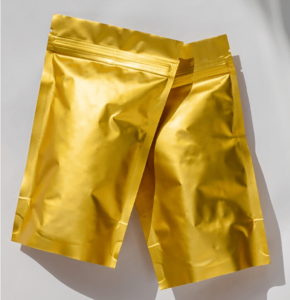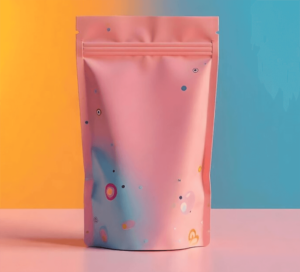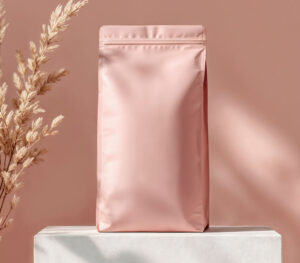“Surface treatment technology” refers to the process of artificially forming a layer on the surface of the substrate material with different mechanical, physical and chemical properties from those of the substrate, to meet the corrosion resistance, abrasion resistance, decorative or other special functional requirements of the product. Different processing techniques, applicable materials are different. There are many types of printing materials, some materials do not need to go through pre-press treatment can be directly printed, such as paper, plastic, glass, etc., and the surface treatment technology of different materials are not the same, this paper will be commonly used in the printing industry surface treatment methods are described as follows …
Printing surface treatment technology
Printing surface treatment technology was first developed to solve the problem of poor adhesion of plastic film surface printing and coating. Plastic film basic materials are mainly polypropylene (PP), polyethylene (PE) polyvinyl chloride (PVC), polyester (PET), etc., the surface characteristics of the molecular structure of the substrate due to the polarity of the groups, the degree of crystallization and the chemical stability of plastics, etc., there are great differences, and these factors have a great impact on the adhesion fastness to the printing ink layer.
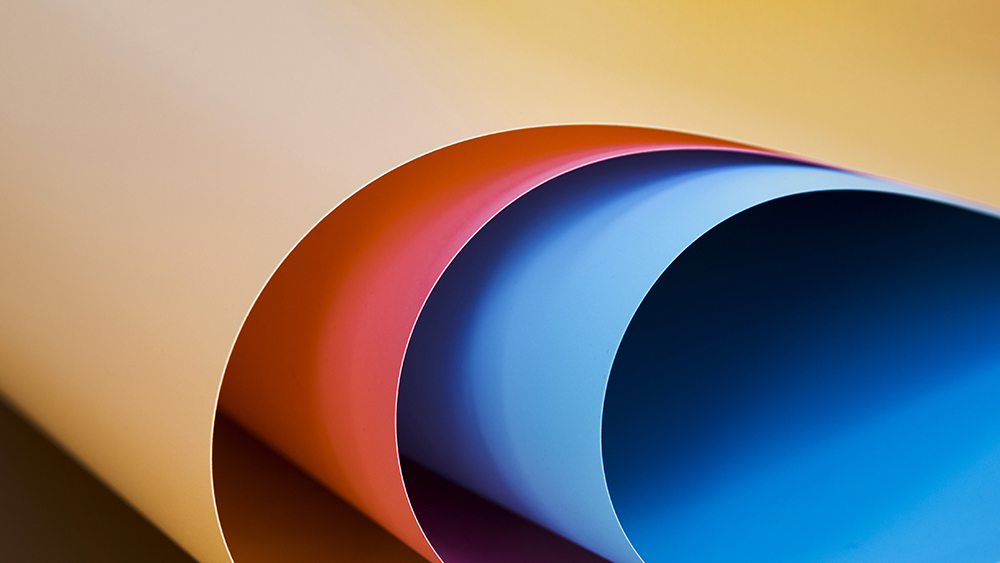
Paper moisture content is too high, will reduce the surface strength of the paper, light in the printing of individual fibers will be connected to the phenomenon commonly known as hair pulling, or there will be a piece of fiber is connected to the phenomenon of peeling paper. Water content is too low, so that the paper becomes hard and brittle, tearing, folding, breaking resistance will be reduced, so that the paper receiving difficulties, overprinting is difficult to be accurate. In order to make the paper moisture content uniform and consistent, and print shop compatible, so that the paper sensitivity to water to reduce, improve the stability of the size, must be adjusted before printing humidity treatment.
Functional coatings are not all coated to be dyed, and the development of adhesives, protectants and peel coatings usually begins with the in-machine application of surface sizing agents (etherified or esterified starch, alginate and polyvinyl alcohol). Both silicone peel coatings and adhesive and protective coatings improve the coverage capacity and economics of functional coating layers. Control of the coverage capability of any additional layer (whether silicone or printing ink) is a critical part of the coating’s functionality. Protective coated papers and boards are very versatile and can be used as food wrappers, cardboard, labels, packaging for rolls and tokens, and protective papers. Most of the current research is directed towards this area. 02 plastic and plastic products
With the wide application of plastic products, plastic surface coating has been increasing. Plastic coating can not only improve weather resistance, chemical resistance, surface hardness, reduce insulation properties, prevent adhesion and dust resistance, improve the feel of the performance, but also improve the artistic effect of the decoration, so that the plastic surface produces a colorful sense of luster, fullness, three-dimensional sense, and so on.
The following talk about the surface of the plastic treatment method, plastic surface treatment of many methods, generally commonly used chemical treatment method, solvent treatment method, flame treatment method, plasma treatment method and corona treatment method and so on.
Chemical treatment method
Also known as chemical oxidation method. Plastic surface oxidizing liquid treatment of polyethylene (LDPE), polystyrene (PS) and ABS plastic. You can also give the surface of the plastic film coated with chemicals such as potassium permanganate chlorosulfate, cycloalkyl chromic acid, etc., so that the surface through chemical corrosion to improve the ink’s ability to wetting.
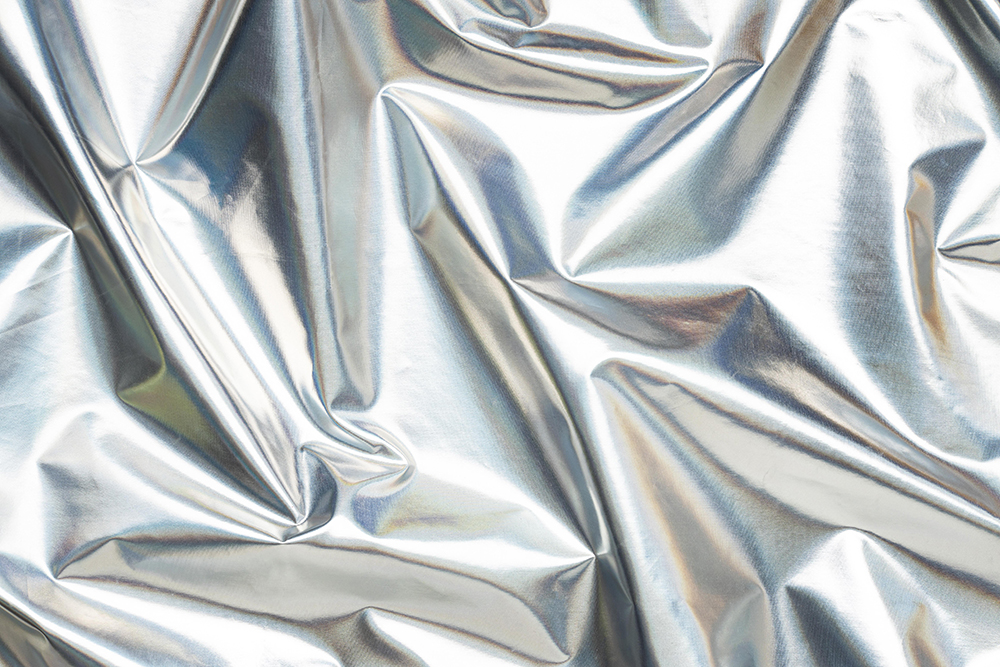 Solvent treatment method commonly used trichloroethylene solution, the temperature of 65 ~ 75 ℃, with the solvent vapor to be eroded, and then quickly coated, the time should be within 30 ~ 60 seconds, otherwise the erosion of the surface will soon be restored. Usually use trichloroethylene as a solvent resin solution as a source of solvent vapor. This method is often used for polyolefin plastics with complex shapes. The following solvents are also commonly used in practice to treat plastic surfaces. Other solvents are chloroform or methylene chloride, or a mixture of toluene and acetone to treat the surface of plastics, remove surface dirt and other materials, and wash the surface. This two mixed solvents can dry very quickly, and can increase the plastic surface printing and coating fastness.
Solvent treatment method commonly used trichloroethylene solution, the temperature of 65 ~ 75 ℃, with the solvent vapor to be eroded, and then quickly coated, the time should be within 30 ~ 60 seconds, otherwise the erosion of the surface will soon be restored. Usually use trichloroethylene as a solvent resin solution as a source of solvent vapor. This method is often used for polyolefin plastics with complex shapes. The following solvents are also commonly used in practice to treat plastic surfaces. Other solvents are chloroform or methylene chloride, or a mixture of toluene and acetone to treat the surface of plastics, remove surface dirt and other materials, and wash the surface. This two mixed solvents can dry very quickly, and can increase the plastic surface printing and coating fastness.
Flame treatment method Flame treatment method is to heat the air to a high temperature (3000 ℃ or more) to form a plasma, the surface of the material to produce cleaning, activation effect. The flame activates the oxygen molecules in the air, causing them to form polar molecules with carbon molecules on the surface of the material. The increased polarity and oxidation of the surface molecules reduces the surface tension of the plastic and increases the adsorption of the material matrix to the ink. Flame treatment used to be the most popular method for treating polyethylene, polypropylene and any plastic with a surface thickness of more than 10 mm. Today, however, flame treatment is retained only as part of the casting or blow molding process, and is additionally used for the surface treatment of paper plates and materials used for packaging food and beverages.
Corona treatment method
Corona treatment is in the flat electrode opposite the needle electrode with a positive voltage, when the voltage rises to a certain value, from the tip of the needle to stretch out the light-emitting part will touch the flat electrode, and divided into a number of line-shaped light-emitting part, they are in the non-stop flickering state, these light-emitting part of the plasma, on the surface of the material to produce a cleaning, activation of the role. Corona plasma so that the surface of the plastic free radical reaction and the polymer crosslinking, surface roughness and increase its wetting of polar solvents, these plasma by the electric shock and penetration into the surface of the printed body to destroy the molecular structure, and then the surface molecules will be processed oxidation and polarization, activation of the surface, so as to increase the ability to increase the surface of the printed material adhesion. Today, almost all plastic films, paper and metal foil materials are treated by the corona method.
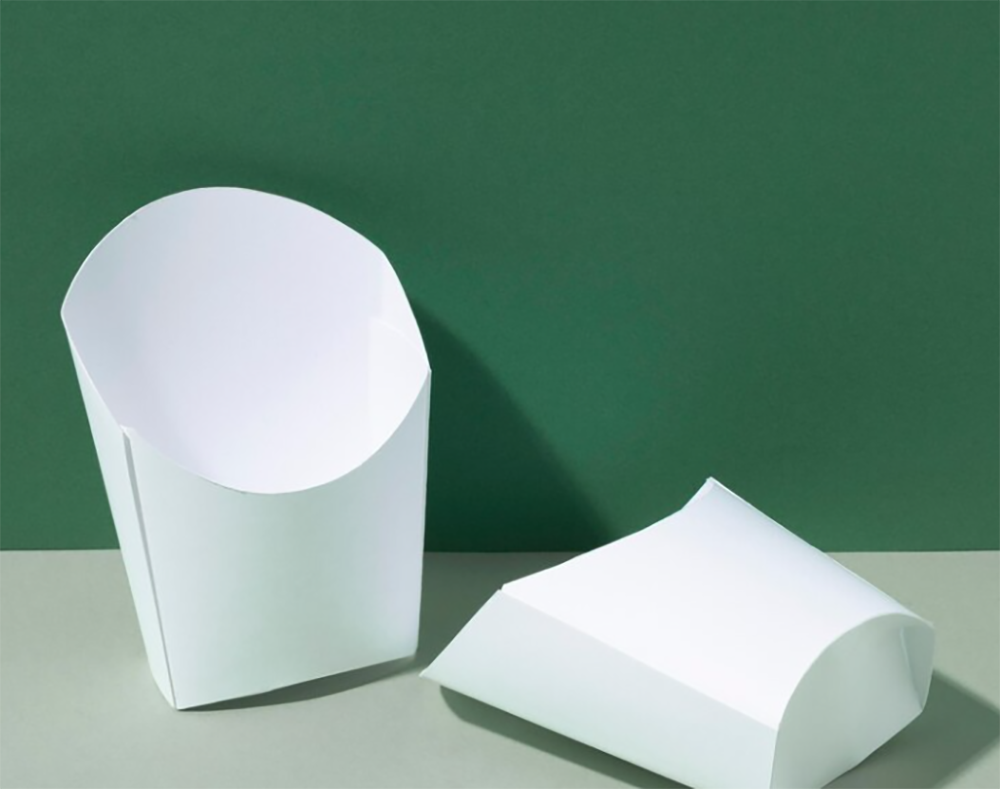
Plasma treatment
Plasma that is, material in a high vacuum conditions or in a strong electric field, high temperature, the role of the laser, neutral atoms or molecules will lose electrons, ionization into ions, the ions contain equal positive and negative charges, so it is called plasma. The principle of treatment is: radio frequency generator at a higher voltage to emit excitation energy, resulting in a characteristic glow discharge phenomenon, so that the gas material through the production of many excited state electrons, ions and atoms, they then go to bombard the plastic surface, so that the plastic surface chemical groups to produce changes or the formation of new groups or free radicals, resulting in the deposition of the polymer surface to achieve the purpose of the chemical and physical modification of the surface modification of polarity The polarization of the polymer surface will be enhanced, which will be docked with the polar groups in the ink connecting material, thus enhancing the adhesion of the ink.
In addition to static treatment due to the plastic film has a good insulation, resistance is very easy to carry static electricity and is difficult to remove, must be printed before the plastic in addition to static treatment to eliminate static electricity, remove dust and foreign matter, lest the mesh blocking. In addition to the static method is mainly used to remove static agent to remove static: ① silicone-based de-static agent, first with methanol or ethanol and other alcohols, remove grease and water; and then repeatedly coated with brushes or rollers to remove static agent or will be impregnated with plastic film in the de-static agent at a temperature of 30 ~ 40 ° C and 60 ~ 80 ° C temperature treatment for 3 hours, coated with drying, drying, and then placed in the printing after 5 hours. ② Surfactant de-static agent. This method in addition to the principle of static electricity and silicon de-static agent is different, mainly through the increase in electrical conductivity, reduce surface resistance to achieve the method can also be used to roll coating method and impregnation method and silicon solvent treatment is similar.

